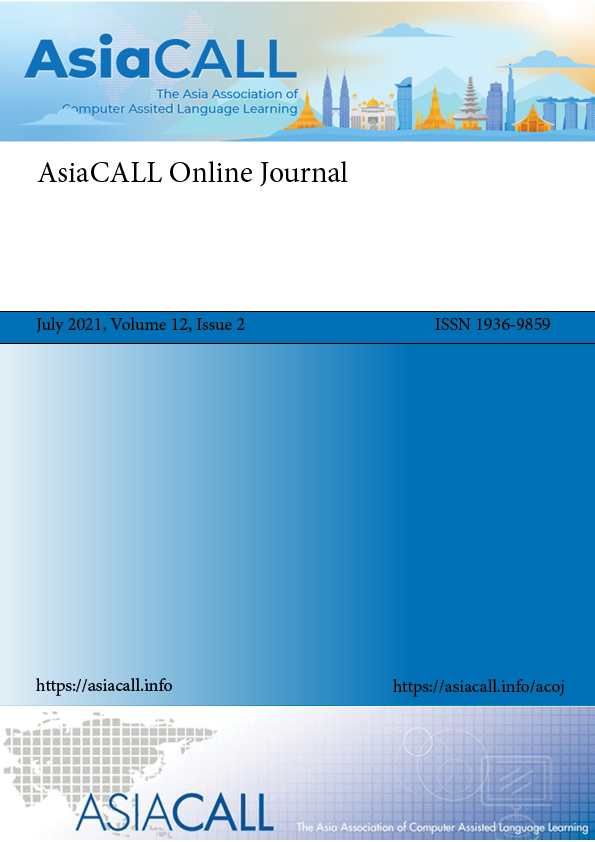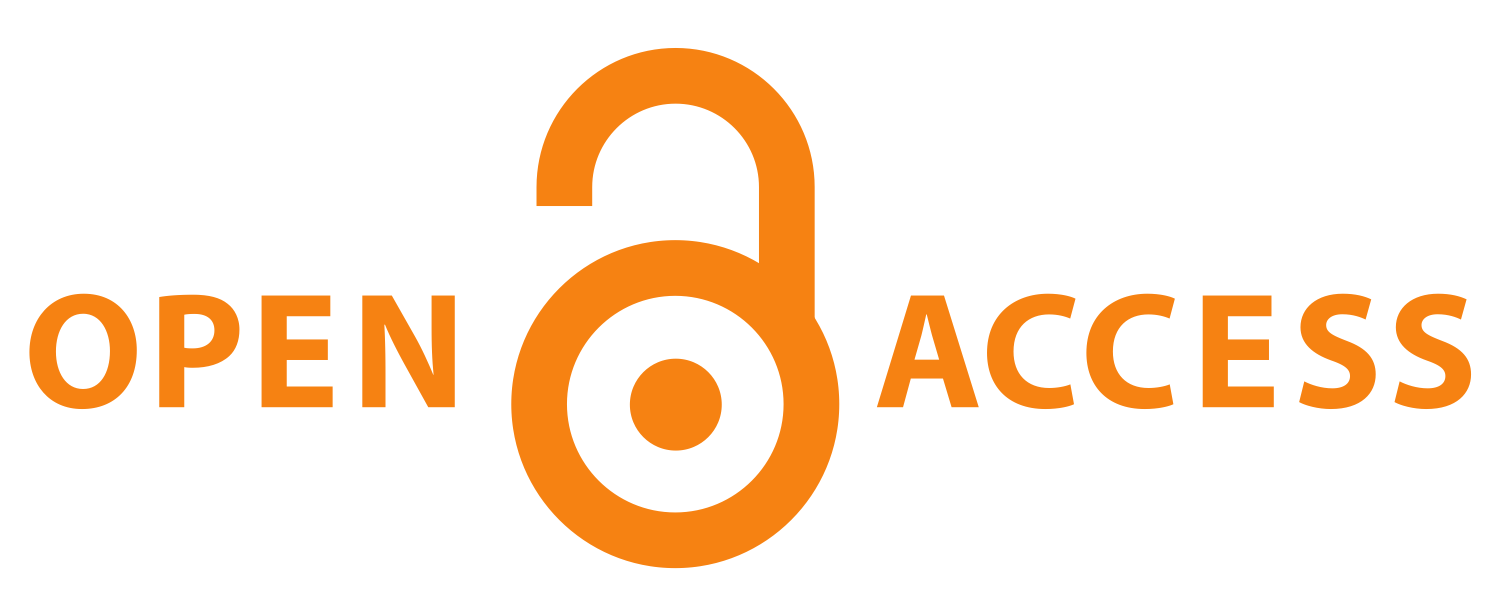A Case Study of Home-based Teaching and Learning Practice at Ton Duc Thang University
Keywords:
home-based teaching and learning, Ton Duc Thang university, ZoomAbstract
Online teaching has not been widely applied in education until the severe widespread outbreak of the Covid-19 pandemic on a global scale. Like other educational institutions, Ton Duc Thang university promptly switched to online teaching practice for all courses for the sake of teachers’ and students’ safety and health protection. To investigate the implementation of home-based teaching practice at TDTU as well as its advantages and disadvantages, a case study was launched by the university with the participation of three teachers and 76 non-English major students from three English classes at elementary and pre-intermediate level. The study was a qualitative design; observations and interviews were used as research methods. The researcher found that there are generally three main stages in every three-period online lesson: teacher's presentation with Zoom, students' assignment in Google classroom, and teacher’s constructive feedback with Zoom. Teachers and students praised geographical convenience, time flexibility, and a customized learning environment and experienced technical problems. Students found it difficult to motivate themselves to study, had no self-discipline, and interactions were limited. Teachers also had difficulty in class control, and teachers exerted anxiety over technology use. These findings contributed to further research on online teaching practice as well as considerations as to whether face-to-face teaching and learning should be replaced in the long run.
Downloads
Published
How to Cite
Issue
Section
License
Copyright
The copyright of all articles published in the AsiaCALL Online Journal (acoj) remains with the Authors, i.e. Authors retain full ownership of their article. Permitted third-party reuse of the open access articles is defined by the applicable Creative Commons (CC) end-user license which is accepted by the Authors upon submission of their paper. All articles in the acoj are published under the CC BY-NC 4.0 license, meaning that end users can freely share an article (i.e. copy and redistribute the material in any medium or format) and adapt it (i.e. remix, transform and build upon the material) on the condition that proper attribution is given (i.e. appropriate credit, a link to the applicable license and an indication if any changes were made; all in such a way that does not suggest that the licensor endorses the user or the use) and the material is only used for non-commercial purposes.
Authors retain copyright and grant the journal the right of first publication with the work simultaneously licensed under a Creative Commons Attribution 4.0 International License that allows others to share the work with an acknowledgment of the work's authorship and initial publication in this journal.
Authors are able to enter into separate, additional contractual arrangements for the non-exclusive distribution of the journal's published version of the work (e.g., post it to an institutional repository, in a journal or publish it in a book), with an acknowledgment of its initial publication in this journal.
Authors are permitted and encouraged to post their work online (e.g., in institutional repositories or on their website) prior to and during the submission process.








